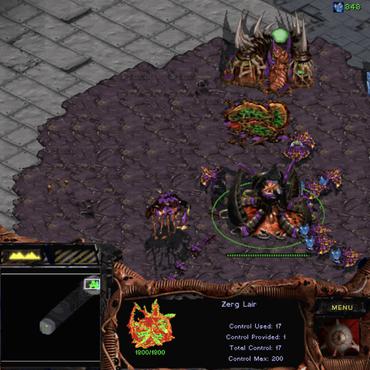On Efficient Reinforcement Learning for Full-length Game of StarCraft II
StarCraft II (SC2) poses a grand challenge for reinforcement learning (RL), of which the main difficulties include huge state space, varying action space, and a long time horizon. In this work, we investigate a set of RL techniques for the full-length game of StarCraft II. We investigate a hierarchical RL approach involving extracted macro-actions and a hierarchical architecture of neural networks. We investigate a curriculum transfer training procedure and train the agent on a single machine with 4 GPUs and 48 CPU threads. On a 64x64 map and using restrictive units, we achieve a win rate of 99% against the level-1 built-in AI. Through the curriculum transfer learning algorithm and a mixture of combat models, we achieve a 93% win rate against the most difficult non-cheating level built-in AI (level-7). In this extended version of the paper, we improve our architecture to train the agent against the cheating level AIs and achieve the win rate against the level-8, level-9, and level-10 AIs as 96%, 97%, and 94%, respectively. Our codes are at https://github.com/liuruoze/HierNet-SC2. To provide a baseline referring the AlphaStar for our work as well as the research and open-source community, we reproduce a scaled-down version of it, mini-AlphaStar (mAS). The latest version of mAS is 1.07, which can be trained on the raw action space which has 564 actions. It is designed to run training on a single common machine, by making the hyper-parameters adjustable. We then compare our work with mAS using the same resources and show that our method is more effective. The codes of mini-AlphaStar are at https://github.com/liuruoze/mini-AlphaStar. We hope our study could shed some light on the future research of efficient reinforcement learning on SC2 and other large-scale games.
PDF Abstract




